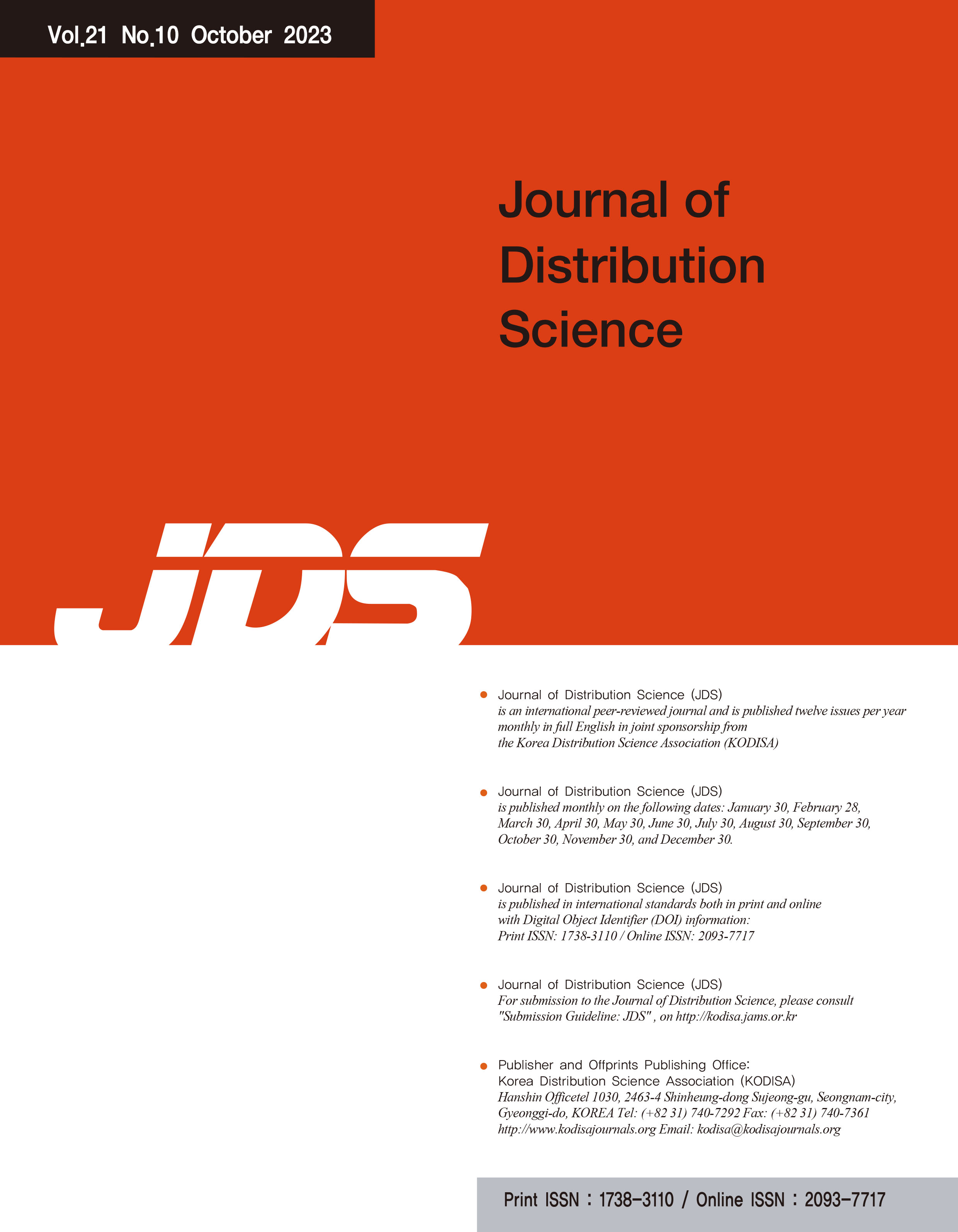 ISSN : 1738-3110
ISSN : 1738-3110
Article Contents
- 2025 (Vol.23)
- 2024 (Vol.22)
- 2023 (Vol.21)
- 2022 (Vol.20)
- 2021 (Vol.19)
- 2020 (Vol.18)
- 2019 (Vol.17)
- 2018 (Vol.16)
- 2017 (Vol.15)
- 2016 (Vol.14)
- 2015 (Vol.13)
- 2014 (Vol.12)
- 2013 (Vol.11)
- 2012 (Vol.10)
- 2011 (Vol.9)
- 2010 (Vol.8)
- 2009 (Vol.7)
- 2008 (Vol.6)
- 2007 (Vol.5)
- 2006 (Vol.4)
- 2005 (Vol.3)
- 2004 (Vol.2)
- 1999 (Vol.1)
Adoption of Digital Payment Methods in Vietnam: Key Determinants and Distribution Analysis
Abstract
Purpose: This study aims to identify the key determinants influencing the adoption of digital payment methods (DPMs) and to examine the primary channels through which these methods are commonly utilized. Research design, data and methodology: A survey of 811 residents from the Northern mountainous region was conducted, and the collected data were analyzed using the multivariate probit model. Results: Descriptive analysis indicates that Bank transfers are the most widely adopted DPMs, followed by Smart Banking/QR codes, E-wallets, and Visa cards. High adoption rates in retail, utility payments, and online shopping highlight the immediate value and convenience these contexts offer users. The main result further uncovers notable differences in the distribution and usage of DPMs influenced by socioeconomic and contextual factors. Conclusions: Key motivators for adoption include habitual use, prior exposure, and promotional incentives. Investments in digital infrastructure are critical to bridging the urban-rural divide, particularly in rural areas. Financial literacy programs tailored to rural populations can enhance familiarity with DP systems, especially Smart Banking/QR codes and Visa cards. The findings provide actionable insights for stakeholders, including policymakers, financial institutions, and technology providers, to foster a more inclusive and accessible DP ecosystem.
- keywords
- Cashless, Digital payment, Digital payment adoption, E-payment, Mvprobit
- Submission Date
- 2025-01-05
- Revised Date
- 2025-01-20
- Accepted Date
- 2024-02-05
- 62Downloaded
- 56Viewed
- 0KCI Citations
- 0WOS Citations

